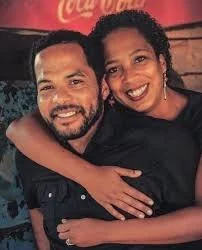
Decode what others overlook
Truthlens case archives
A selective collection of TruthLens case studies used to refine the discipline and expand our research canon. These cases illustrate how TruthLens evaluates Drift, narrative contradictions, scene coherence, behavioral alignment, and trust patterns across legal, civic, and institutional environments
How truthlens works
TruthLens reveals structural contradictions — where narratives collapse, where behavior diverges from stated intent, and where scenes carry symbolic or factual inconsistencies. These case studies demonstrate how the TruthLens discipline interprets complexity and Drift across modern systems.
Clarity is structural. Drift is always measurable. — TruthLens Principle
The TruthLens decoding archive
THE TRUTHLENS METHODOLOGY
-

Narrative evaluation
TruthLens examines narrative structure for compression, contradictions, omissions, and intent drift.
-

Scene Interpretation
TruthLens reconstructs context through placement logic, symbolic meaning, spatial coherence, and environmental alignment.
-

Behavioral Alignment Review
TruthLens maps affect, gesture, and motive to detect incongruence and divergence from stated truth.
Tamla Horsford
A TruthLens Case Study - Tamla Horsford was a mother, daughter, sister, and friend whose sudden death in 2018 left more questions than answers. Her story is one of the most emotionally complex cases in recent memory, and her memory deserves more than silence.
What follows is not an accusation but a careful decode—an analysis built only on the public record, using TruthLens protocols to examine what the language, the behavior, and the scene reveal. This work is offered in honor of Tamla’s life, with respect for her family, and in the hope that it contributes, in some small way, to clarifying what really happened the night she died.







